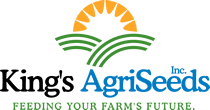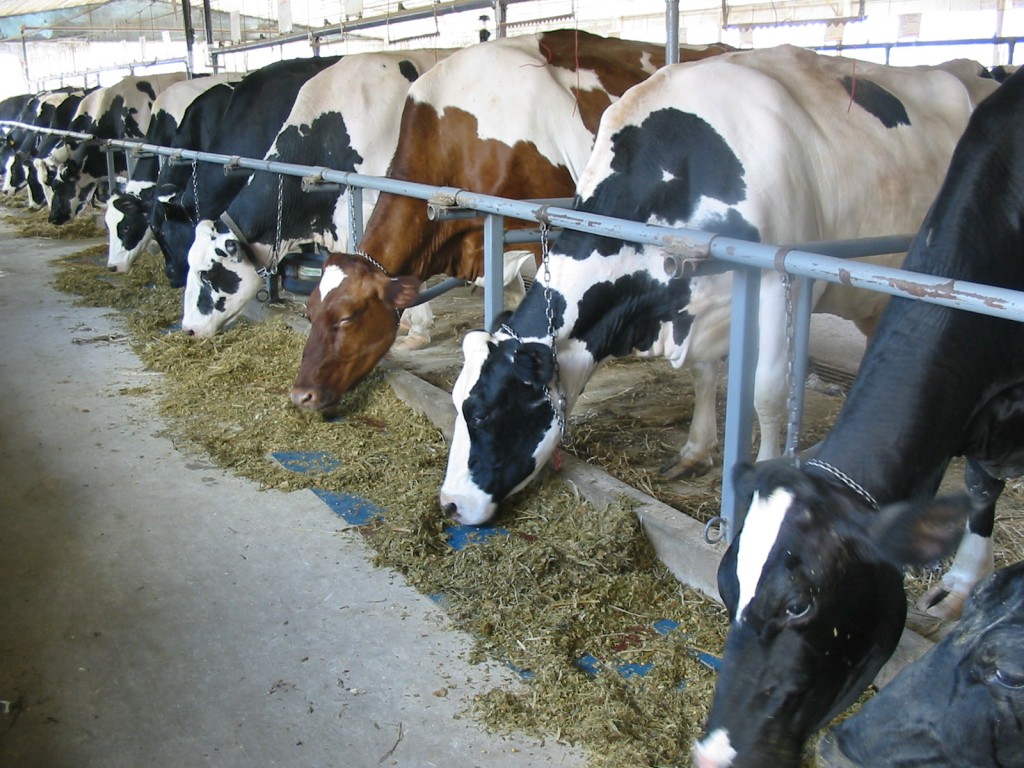…To Take Steps to Survive Low Dairy Prices
By Leon Ressler, Lancaster Farming
(Original article: http://www.lancasterfarming.com/agriculturalinformation/1031-NowTime#.Vjd6nH6rSM9)
This year, the dairy industry is experiencing a down cycle similar to 2009 and 2012. These volatile market swings are not new or unexpected.
Extension dairy specialist Virginia Ishler says there are management practices that can be implemented to help sustain the dairy operation under these conditions.
Last year at this time, producers were receiving record high milk prices, and now the milk price is $9 per hundredweight less.
Unfortunately, farm expenses do not decrease accordingly and the challenge is sustaining a business when revenue is dramatically reduced.
This downturn in the cycle is not new and is similar to what was experienced in 2009 with extremely low milk prices and in 2012 with extremely high feed prices.
There are strategies that can be implemented to survive these volatile cycles. As in any business, there are the short- and long-term plans. Since the projections in milk price do not look promising, implementing strategies now is paramount.
The first step is to resist any temptation to short-change the cows on nutrition. Milk income has to be optimized and with a low milk price, making ration changes that result in reduced milk production is not prudent. But there may be options to bring feed costs per cow more in line.
In 2014, producers who were controlling their feed costs showed approximately 30 percent of their income going toward feed. Currently, these same producers are hovering between 40 to 45 percent.
The herds experiencing difficulty already have more than 50 percent of their income going toward feed. So far, weather conditions have been good for hay crop forage and corn for silage.
Optimizing forage inventories, allocating forages based on quality to the various animal groups, and feeding a high-forage-based ration can be strategies to control purchased feed costs.
Now is the time to start having a conversation with the nutritionist about what is doable for the herd.
There are also several management practices the producer can focus on during these tough times. Revisiting feeding management on the farm may be warranted.
Focus on routinely testing dry matters on forages and adjust the rations accordingly. Monitor intakes for the herd or group, keep feed in front of the cows 22 hours per day and provide a separate group for fresh cows and 2-year-olds if facilities permit.
In herds fed total mixed rations, check particle size to avoid sorting problems and analyze the ration to confirm it is being mixed properly.
In component-fed herds, weigh the grain scoops to confirm weights on new feed deliveries to minimize overfeeding or underfeeding.
Some of these practices require a time commitment and some monetary expense, but they can greatly affect animal performance and efficiency.
The Extension Dairy Team’s work with cash flow plans the last few years fairly consistently shows an average gross milk break-even price of $19 per hundredweight. The projected gross milk price currently is around $16-$17.
When evaluating dairy operations from the most to least profitable, the areas that don’t fluctuate much are direct expenses and most operating expenses.
The exceptions usually revolve around repairs and hired labor expense. The one constant between herds with varying break-even is their purchased feed cost — both forage and concentrates — and the direct crop costs.
This is the area having the greatest impact on cash surplus. Forage quality and quantity are the big drivers to maintaining a positive cash flow.
A long-term approach to surviving downturns in the market cycle is to evaluate cropping strategies, which include double-cropping and alternative crops.
Implement best management practices to improve or maintain the highest quality forage for the lactating cows and the right-quality forage for the other groups. Producers who have embraced these concepts are better prepared to deal with the downturn in milk price and milk income.
To Understand the Market Psychology Affecting Milk Prices
The world’s financial markets were volatile again last month but really changed very little. Jim Dunn, Penn State professor of agricultural economics, reports the underlying issues are a slowing Chinese economy, massive migration to Europe from the Middle East and unpredictable Russian behavior.
U.S. corn and soybean crops are good, although not as big as last year. Of course, the strong dollar is undermining export opportunities for most agricultural products, depressing U.S. prices. The excellent crops elsewhere will further limit export opportunities for corn and beans.
Dunn estimates the Pennsylvania all-milk price for September to be $18.73 per hundredweight, up $1.13 from August, and the October price will be $19.45.
His forecast for the average Pennsylvania all-milk price for the next nine months is $19.20 per hundredweight, up considerably from recent months.
Quote of the Week
“Being others-focused instead of self-focused changes your worldview. Living in a selfless manner and seeking to help others enriches our very existence on a daily basis. Get your hands dirty once in a while by serving in a capacity that is lower than your position or station in life. This keeps you tethered to the real world and grounded to reality, which should make it harder to be prideful and forget where you came from.”
— Miles Anthony Smith
Leon Ressler is district director of Penn State Cooperative Extension for Chester, Lancaster and Lebanon counties.
Speak to an expert at King’s AgriSeeds now at 1-717-687-6224 or email us at [email protected].

